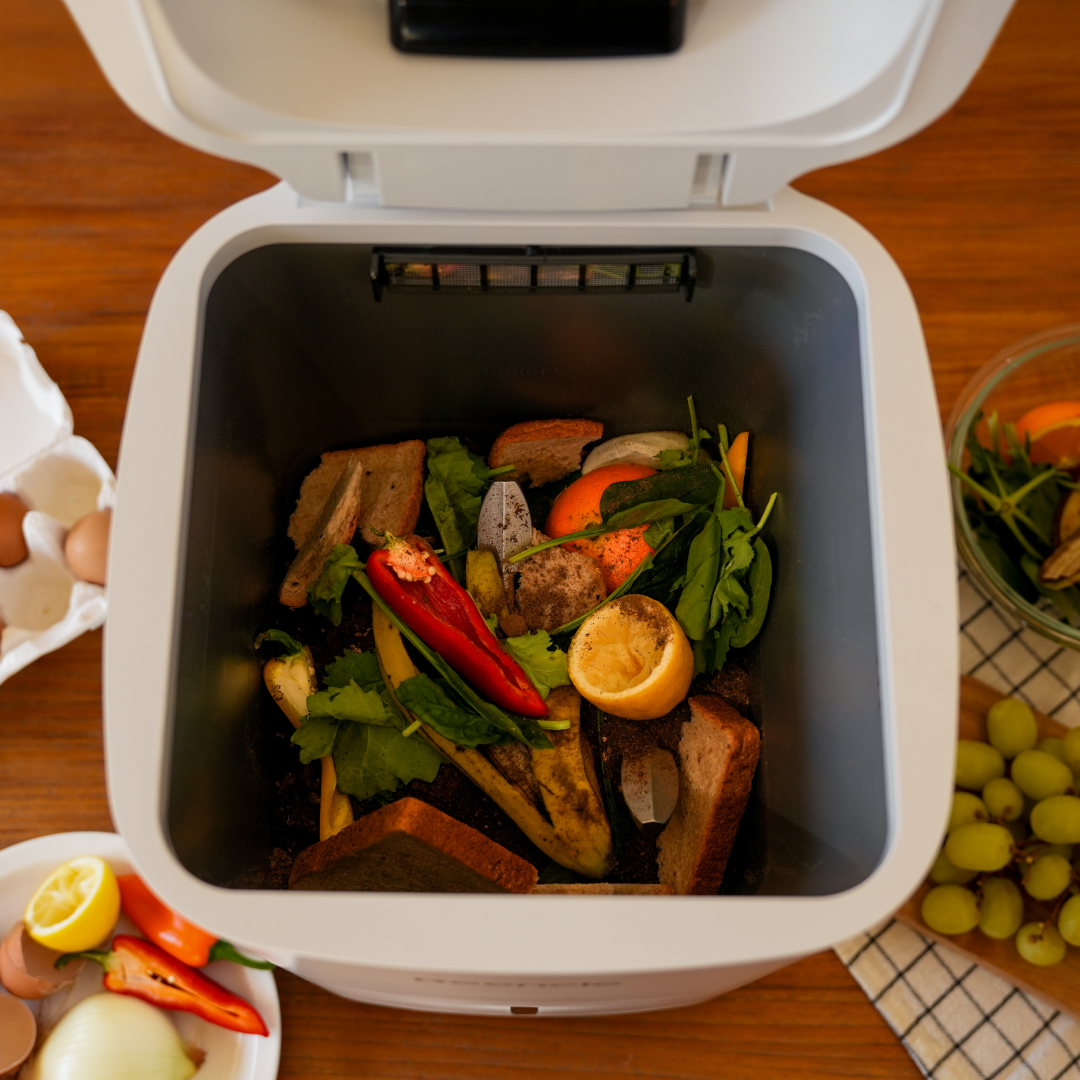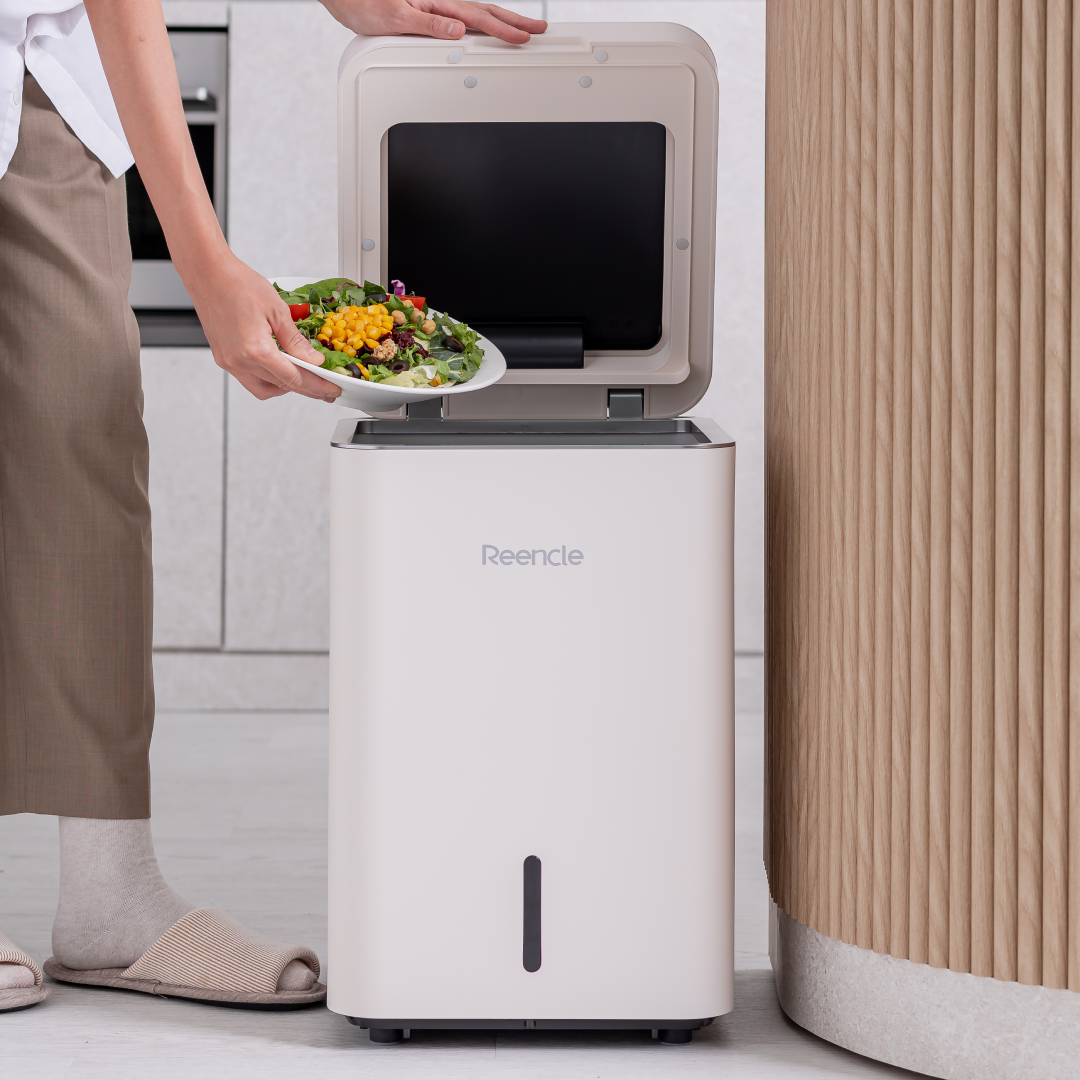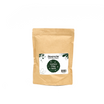Differences in Fertilizer Amounts Depending on the Crop


Why does our partnership matters
For every purchase, we plant 1 TREE to nurture our planet 🌲Together, we are sowing the seeds of change and cultivating a greener, more sustainable world.
Anything else?
Anything else?You willl also receive an official certificate from Greenspark as a token of appreciation for your commitment to the environment! 📜
How do we see the progress?
How do we see the progress?Join us on this remarkable journey towards an impact dashboard.You can see how your eco-smart choice made the world a better place
 View more
View more
Your support empowers reforestation, fights climate change,
and paves the way for a brighter, eco-friendly future.
Join us on this remarkable journey towards a cleaner,healthier planet.
Shop with a purpose, shop with Reencle! 🛒💚
Tasty Vegetables Need "Slow and Steady Nitrogen"
To grow healthy crops, the three essential elements— Nitrogen, Phosphorus, and Potassium —are necessary.
Among these, nitrogen is particularly closely related to the taste of vegetables. Many people believe that organically grown vegetables taste better and that those grown with chemical fertilizers lack flavor. However, regardless of the cultivation method, to grow tasty and nutritious vegetables, the crops should slowly and steadily absorb nitrogen as they grow.
Organic fertilizers are indeed suitable for growing delicious vegetables because they release nutrients slowly, but excessive application can disrupt the nutrient balance. If you’ve applied organic fertilizer as a base, but find that nitrogen levels are insufficient later on, you can supplement with a quick-release fertilizer.
The same applies to flowers. To produce beautiful blooms, phosphorus, often called flower fertilizer, is essential during the blooming period. It's important to consider the type and amount of fertilizer according to the crop’s growth stage.
How to Effectively Use Fertilizer
Based on the basic usage, you should balance the fertilizer components according to the crop:
leafy vegetables need more nitrogen, root vegetables require more potassium, and fruit-bearing crops or flowers need more phosphorus. Additionally, when considering the balance of fertilizer components, the growth period of the vegetable should also be taken into account.
- Types of Crops That Require Fertilization Early in Growth
For crops that grow vigorously in the early stages, base fertilizer is key. For crops with a long growing period, you can add a moderate amount of side-dressing fertilizer. (e.g., lettuce, spinach, onions, cabbage)
- Types That Require Regular Side-Dressing Fertilizer
Summer vegetables like tomatoes or eggplants, which bear fruit, need side-dressing fertilizer throughout the growing period. Side-dressing fertilizer should be applied in small, frequent doses. (e.g., bell peppers, green onions, celery, tomatoes, eggplants)
- Types That Require Side-Dressing Fertilizer Later in Growth
For crops that grow slowly in the early stages or vegetables that don’t produce well, give a small amount of base fertilizer and adjust with side-dressing fertilizer from the middle to the end of the growth period. (e.g., strawberries, broccoli, squash)
Determining Fertilizer Amounts
When cultivating, be mindful of the specific amounts of each element to avoid over-fertilization. Each region has guidelines for the amount and timing of fertilizer application tailored to the climate and soil conditions. Generally, following these standards will help you maintain the right amount.
Nutrients Needed at Different Growth Stages
Crops require different nutrients depending on their growth stage. During the stem and leaf growth period, nitrogen is essential; during the flowering and fruiting period, phosphorus is needed; and for root vegetables, potassium is crucial. Careful fertilization is necessary to ensure the plants absorb the appropriate nutrients at each stage.
1) Leafy Vegetables: Spinach, which focuses on stem and leaf growth, requires slightly more nitrogen compared to phosphorus and potassium. For other leafy vegetables like broccoli and cauliflower, which produce flower buds, phosphorus is needed alongside nitrogen.
2) Root Vegetables: Root vegetables like radishes, sweet potatoes, and potatoes require a significant amount of phosphorus as they undergo reproductive growth, where the roots thicken. Long-lasting fertilizers should be used as base fertilizers for these crops.
3) Fruit-Bearing Crops and Flowers: Crops and flowers like tomatoes, cucumbers, eggplants, watermelons, and flowers need to produce fruits. A balanced supply of nitrogen, phosphorus, and potassium is necessary, and side-dressing with ample nitrogen and phosphorus is crucial.











